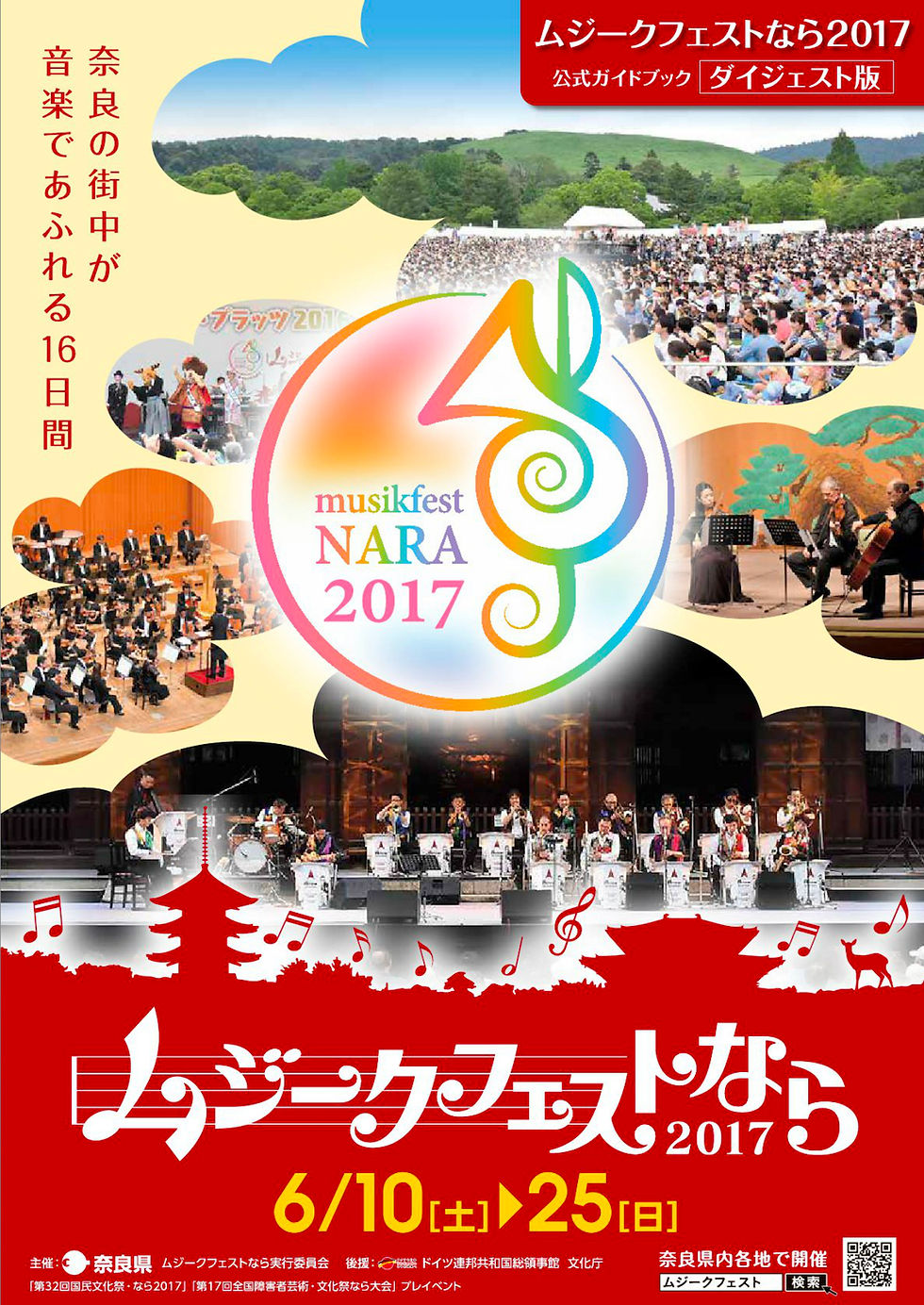The Temple of Eye Health
- Lee Walton

- Jan 16, 2016
- 3 min read
Glancing out the train window on the Kintetsu Yoshino Line at the right time (between Asuka and Tsubosakayama Stations to be exact) your attention will be captured by a giant white marble standing Buddha statue on the slope of a mountain. Make the trek to the temple for a closer look and you will be forgiven for losing yourself in its size and grandeur. You may also be intrigued by the odd familiarity of the Buddha’s hand gesture.
“That means, ‘I’m going to scoop you up and help you,’” the monks will say. Mention its similarity to Spiderman’s web-slinging pose and they’ll smile and say, “Makes sense. Buddha was the Avenger of his day.”

Tsubosaka-dera
Tsubosaka-dera, literally “Jar on the Mountainside Temple,” was founded in 703 and like all temples of this age with strange and unique names, has a fairy tale story surrounding its origin. A Buddhist ascetic, Benki Shami, established a hermitage on the temple’s site in 703. One night while he was reciting his evening prayers, Shami supposedly heard a beautiful voice chanting the Senju darani Buddhist scripture along with him. When he went to investigate, Shami saw an intense blue light emanating from the ground at the point where the voice seemed to be coming from. The next day Shami dug in the spot where he saw the light and uncovered a golden thousand-armed Senju Kannon Buddha Statue in a lapis lazuli jar (the jar on the mountainside). Shami enshrined the statue in his hermitage and began praying to it himself and with those who came seeking his services.
Many years later, after Benki Shami’s popularity had grown with his story, wisdom and healing abilities, Shami was summoned to the Imperial Palace to provide care for the Empress who had gone blind from an eye disease. The story goes that Benki Shami placed his prayer beads over the Empress’s eyes and recited the same Senju darani scripture he had heard on the night he discovered the Senju Kannon. Miraculouly, the Empress’s eyesight was cured and she rewarded Shami by commissioning the construction of Tsubosaka Temple and enshrining the Senju Kannon in the Hakkaden Octagonal Hall in 717.
At least two more fairy tales are associated with or took place at Tsubosaka Temple, but because of the first one, Tsubosaka Temple has been known as the temple of eye health. More recently though, it’s been fighting leprosy in India. The 3 white marble Buddhas, the bas relief wall showing the life of the Buddha, and the Tajma Hall-like Tenjikutorai Daiseki-do Hall were all carved in India as a gesture of gratitude for the support given by Tsubosaka Temple. The combination of the Indian-made art and architecture and the traditional and ancient Japanese architecture, including the original Hakkaden Octagonal Hall (refurbished in the Edo period), a 3-story pagoda from 1497 (a National Treasure), and the Niomon Temple Gate (1212) and the Rei-Do Hall (14th century) the oldest structures on the grounds, gives Tsubosaka Temple a fun and unique feel unmatched by any other temple.
A giant pair of glasses frames (Buddha’s glasses according to the monks), at the base of the 3 story pagoda, adds a sense of humor to the temple. Walking 2 figure-8s through both sides of the glasses is supposed to keep one’s eyes healthy, at least for another year.

Getting There
Tsubosaka Temple is about 4km from Tsubosakayama Station on the Kintetsu Yoshino Line just under an hour away from the Nara Visitor Center & Inn. Take the train from Kintetsu Nara Station, change to a Kashihara Jingumae bound train at Yamato Saidaiji Station, and then a Yoshino bound train at Kashihara Jingumae, get off at Tsubosakayama Station, the third stop.


















Comments